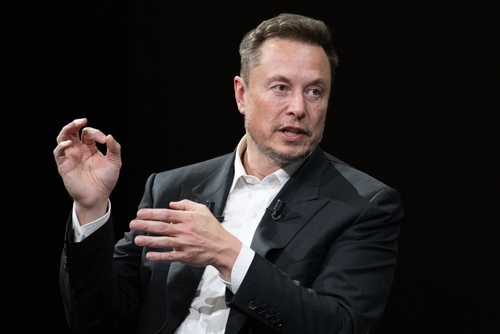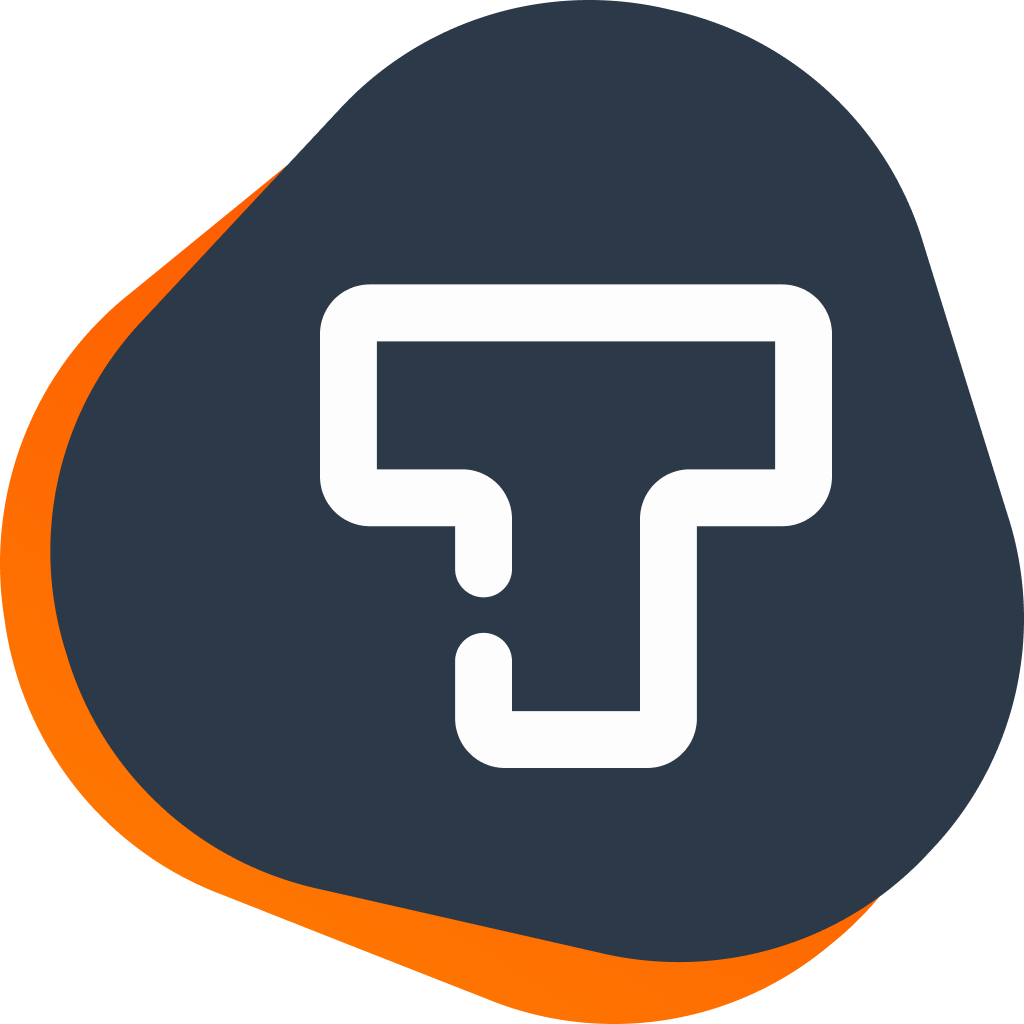Musk’s Dual-Track AI Strategy: Open-Sourcing Grok While Building an “Anti-Microsoft” Software Firm

TradingKey - On August 23 (U.S. Eastern Time), Elon Musk’s xAI officially announced the open-sourcing of its flagship model, Grok 2.5, releasing it on the Hugging Face platform — fulfilling its pledge to open-source older models upon launching new ones. The move injects a powerful new player into the global AI open-source ecosystem and marks another strategic step in Musk’s broader challenge to Big Tech dominance.

Grok 2.5 is a technically formidable model:
With a total of 905 billion parameters,
It supports an impressive 131,100-token context length,
Uses a Mixture-of-Experts (MoE) architecture, and
Delivers exceptional performance on complex tasks — making it one of the most powerful open-source large language models available today.
xAI revealed that the more advanced Grok 3 is expected to be open-sourced within six months, signaling an accelerated pace of technical iteration.
However, “open source” doesn’t mean fully open. xAI has imposed strict licensing terms:
Use is permitted only for non-commercial purposes or by companies with annual revenue under $1 million.
Crucially, the license prohibits using Grok to train other foundational large models.
This “anti-competitive” clause has been criticized as “custom-designed” to limit broad commercial innovation — potentially undermining the collaborative spirit of open-source AI.
But Musk’s ambitions go far beyond open-sourcing. On Friday, he publicly called for talent to join xAI in “helping build a pure AI software company called Macrohard.” The name — a clear jab at Microsoft — was first hinted at by Musk in July and formally filed as a trademark by xAI on August 1, marking a direct and public provocation. This reflects the long-standing rivalry between Musk and Bill Gates, from short-selling Tesla to disagreements over climate policy — now escalating into the AI domain.
On the commercial front, xAI is rapidly monetizing. Grok has been integrated with contextual advertising, boosting ad conversion rates on the X platform by 40%. To fuel its AI ambitions, xAI has already deployed 200,000 GPUs in Tennessee and plans to build a million-GPU-scale supercomputing center — a massive commitment to hardware infrastructure.
Looking ahead, Musk’s AI strategy reveals a dual-track approach: open-source to attract developers, while simultaneously building closed, proprietary commercial ventures like “Macrohard.” The goal is not just technological leadership, but a fundamental reshaping of the global tech power structure.
Yet whether this grand vision can be realized will depend on Musk’s ability to balance massive compute investments, top-tier talent acquisition, and real-world commercialization — all while maintaining a competitive edge in the fast-moving global AI race.
* The content presented above, whether from a third party or not, is considered as general advice only. This article should not be construed as containing investment advice, investment recommendations, an offer of or solicitation for any transactions in financial instruments.


